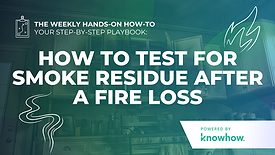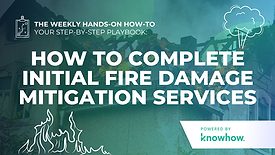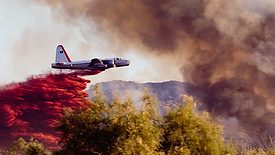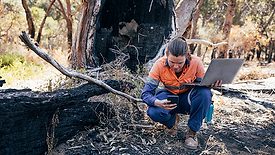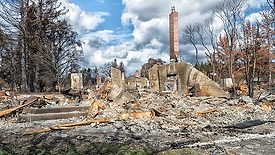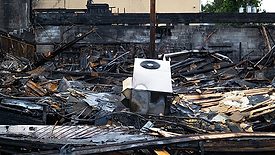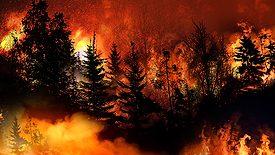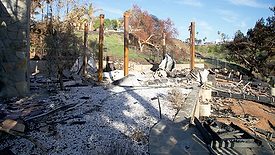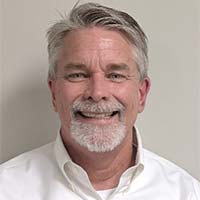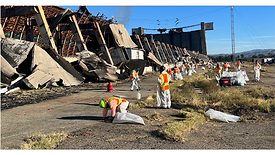Home » Keywords: » smoke odor remediation
Items Tagged with 'smoke odor remediation'
ARTICLES
Weekly Hands-on How-To powered by KnowHow
Unseen damage can linger after a fire loss, discover how proper testing for smoke residue ensures comprehensive mitigation efforts
Read More
Weekly Hands-on How-To powered by KnowHow
How to Complete Initial Fire Damage Mitigation Services
Read MoreWildfire Ash Composition, Health Effects and Cleanup
Understanding the Health Risks and Cleanup Methods of Wildfire Ash
Read More
California Wildfire Environmental, Health, and Safety (EHS) Concerns
Tackling EHS Challenges During the California Wildfire Restoration Process
Read More
ATI Marks One-Year Milestone Since the Tustin Hangar Fire, Reflecting on Critical Cleanup Efforts
ATI Restoration Marks First Anniversary of Rapid Response to Historic Tustin Hangar Fire
December 3, 2024
Stay ahead of the curve with our eNewsletters.
Get the latest industry updates tailored your way.
JOIN TODAY!Copyright ©2025. All Rights Reserved BNP Media.
Design, CMS, Hosting & Web Development :: ePublishing
